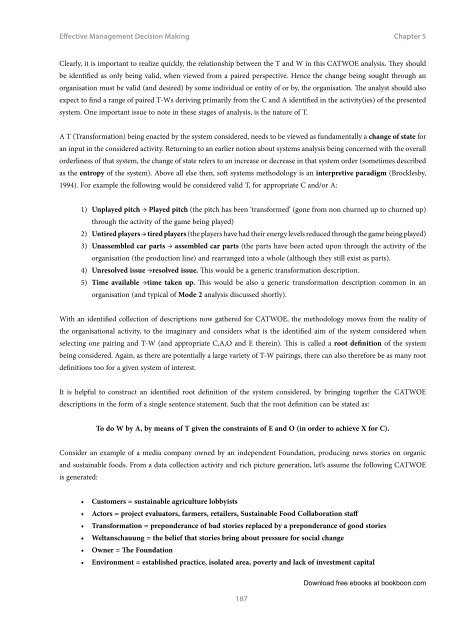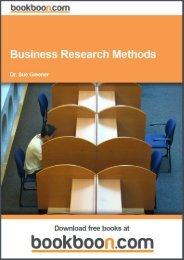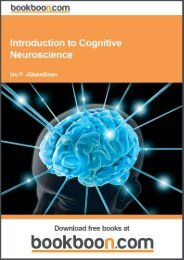Effective Management Decision Making Language ... - Tutorsindia
Effective Management Decision Making Language ... - Tutorsindia
Effective Management Decision Making Language ... - Tutorsindia
You also want an ePaper? Increase the reach of your titles
YUMPU automatically turns print PDFs into web optimized ePapers that Google loves.
<strong>Effective</strong> <strong>Management</strong> <strong>Decision</strong> <strong>Making</strong>Chapter 5Clearly, it is important to realize quickly, the relationship between the T and W in this CATWOE analysis. They shouldbe identified as only being valid, when viewed from a paired perspective. Hence the change being sought through anorganisation must be valid (and desired) by some individual or entity of or by, the organisation. The analyst should alsoexpect to find a range of paired T-Ws deriving primarily from the C and A identified in the activity(ies) of the presentedsystem. One important issue to note in these stages of analysis, is the nature of T.A T (Transformation) being enacted by the system considered, needs to be viewed as fundamentally a change of state foran input in the considered activity. Returning to an earlier notion about systems analysis being concerned with the overallorderliness of that system, the change of state refers to an increase or decrease in that system order (sometimes describedas the entropy of the system). Above all else then, soft systems methodology is an interpretive paradigm (Brocklesby,1994). For example the following would be considered valid T, for appropriate C and/or A:1) Unplayed pitch → Played pitch (the pitch has been ‘transformed’ (gone from non churned up to churned up)through the activity of the game being played)2) Untired players → tired players (the players have had their energy levels reduced through the game being played)3) Unassembled car parts → assembled car parts (the parts have been acted upon through the activity of theorganisation (the production line) and rearranged into a whole (although they still exist as parts).4) Unresolved issue →resolved issue. This would be a generic transformation description.5) Time available →time taken up. This would be also a generic transformation description common in anorganisation (and typical of Mode 2 analysis discussed shortly).With an identified collection of descriptions now gathered for CATWOE, the methodology moves from the reality ofthe organisational activity, to the imaginary and considers what is the identified aim of the system considered whenselecting one pairing and T-W (and appropriate C,A,O and E therein). This is called a root definition of the systembeing considered. Again, as there are potentially a large variety of T-W pairings, there can also therefore be as many rootdefinitions too for a given system of interest.It is helpful to construct an identified root definition of the system considered, by bringing together the CATWOEdescriptions in the form of a single sentence statement. Such that the root definition can be stated as:To do W by A, by means of T given the constraints of E and O (in order to achieve X for C).Consider an example of a media company owned by an independent Foundation, producing news stories on organicand sustainable foods. From a data collection activity and rich picture generation, let’s assume the following CATWOEis generated:• Customers = sustainable agriculture lobbyists• Actors = project evaluators, farmers, retailers, Sustainable Food Collaboration staff• Transformation = preponderance of bad stories replaced by a preponderance of good stories• Weltanschauung = the belief that stories bring about pressure for social change• Owner = The Foundation• Environment = established practice, isolated area, poverty and lack of investment capital187Download free ebooks at bookboon.com
















